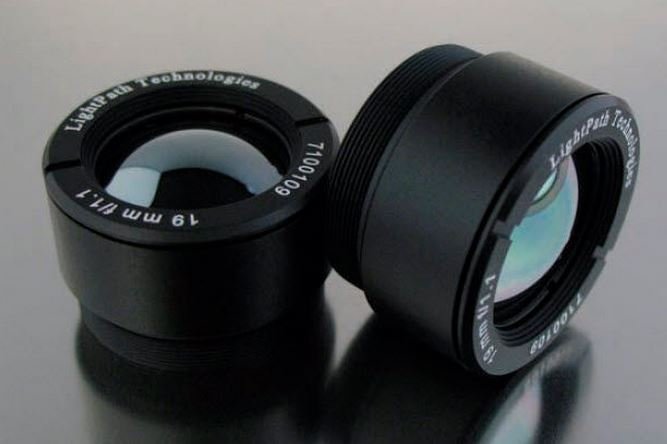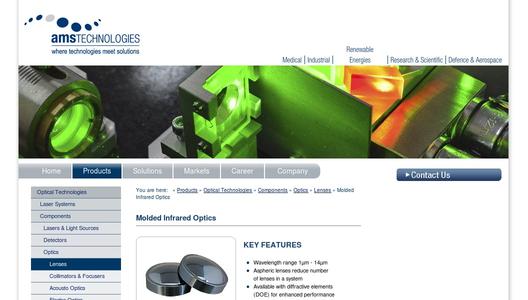Jim Gaynor, President and Chief Executive Officer of LightPath, commented, "We believe the availability of cutting edge infrared lenses and optical technologies to original equipment manufacturers, including some of the leading defense suppliers in the world, will drive increased adoption of this type of camera that enables fire departments and other first responders to more safely conduct their duties for mission critical success. This is a very large and vital market where increased levels of government spending are being allocated to ensure the safety of both the firefighters and the people they protect."
A thermographic camera (also called an infrared camera or thermal imaging camera) is a device that forms an image using infrared radiation, similar to a common camera that forms an image using visible light. Instead of the 450-750 nanometer range of the visible light camera, infrared cameras operate in wavelengths as long as 14,000 nm (14 µm).
Fire fighters may rely in part on a thermal imaging camera to navigate their way through a burning structure; therefore most imagers employ a wide FOV in the range of 40º to 60º. There are few cases in which a fire fighter would need to focus on an object less than 1 meter away, which encourages the use of relatively robust and lower cost fixed focal length optics that focus from 1 meter to infinity.* LightPath's catalog offers an optic products line that meets these and other specifications.
LightPath continues to develop improved capabilities for its IR product line and now offers two types of chalcogenide IR glass materials and several anti-reflective coating options that will cover most requirements in the commercial and military high-volume and small-size application markets.


